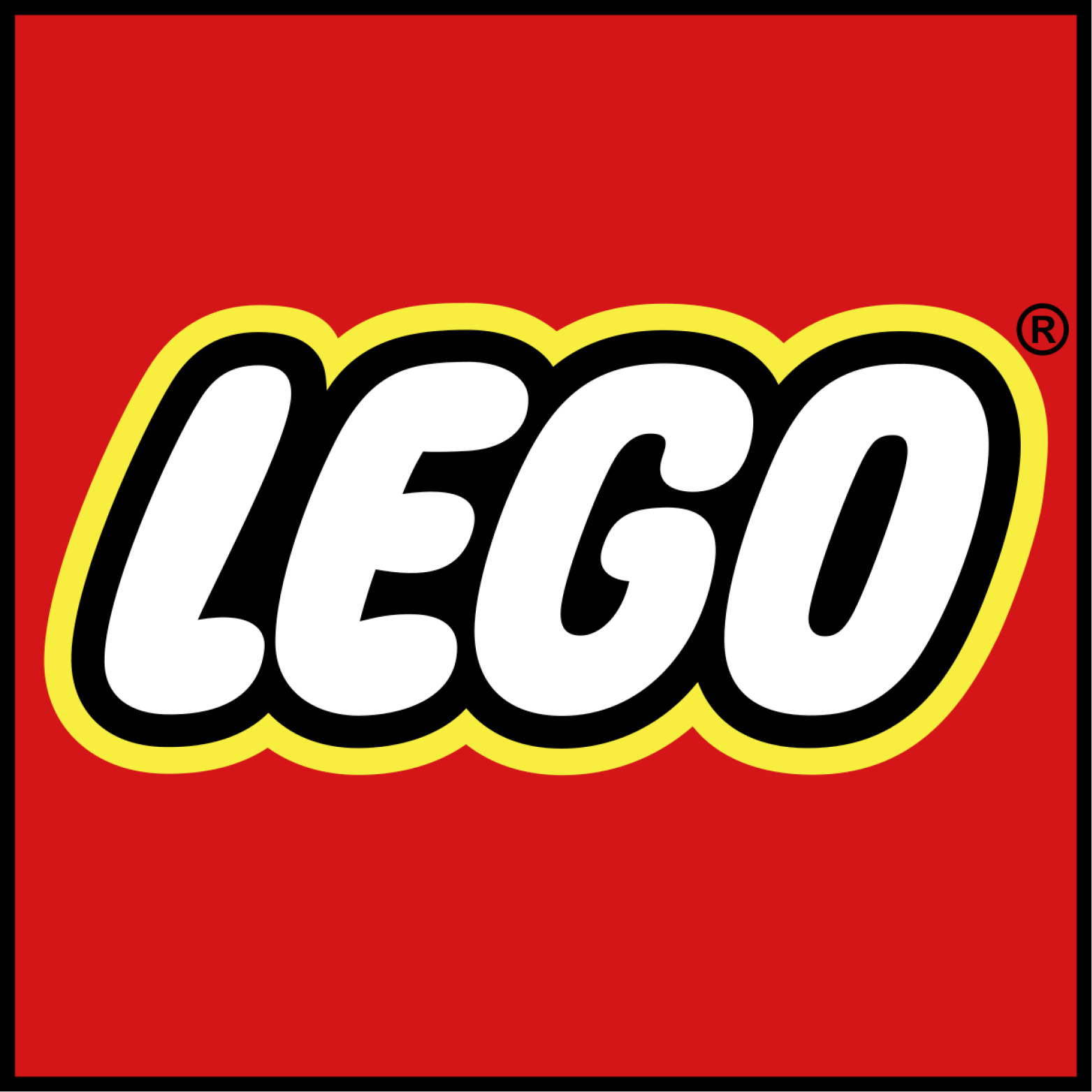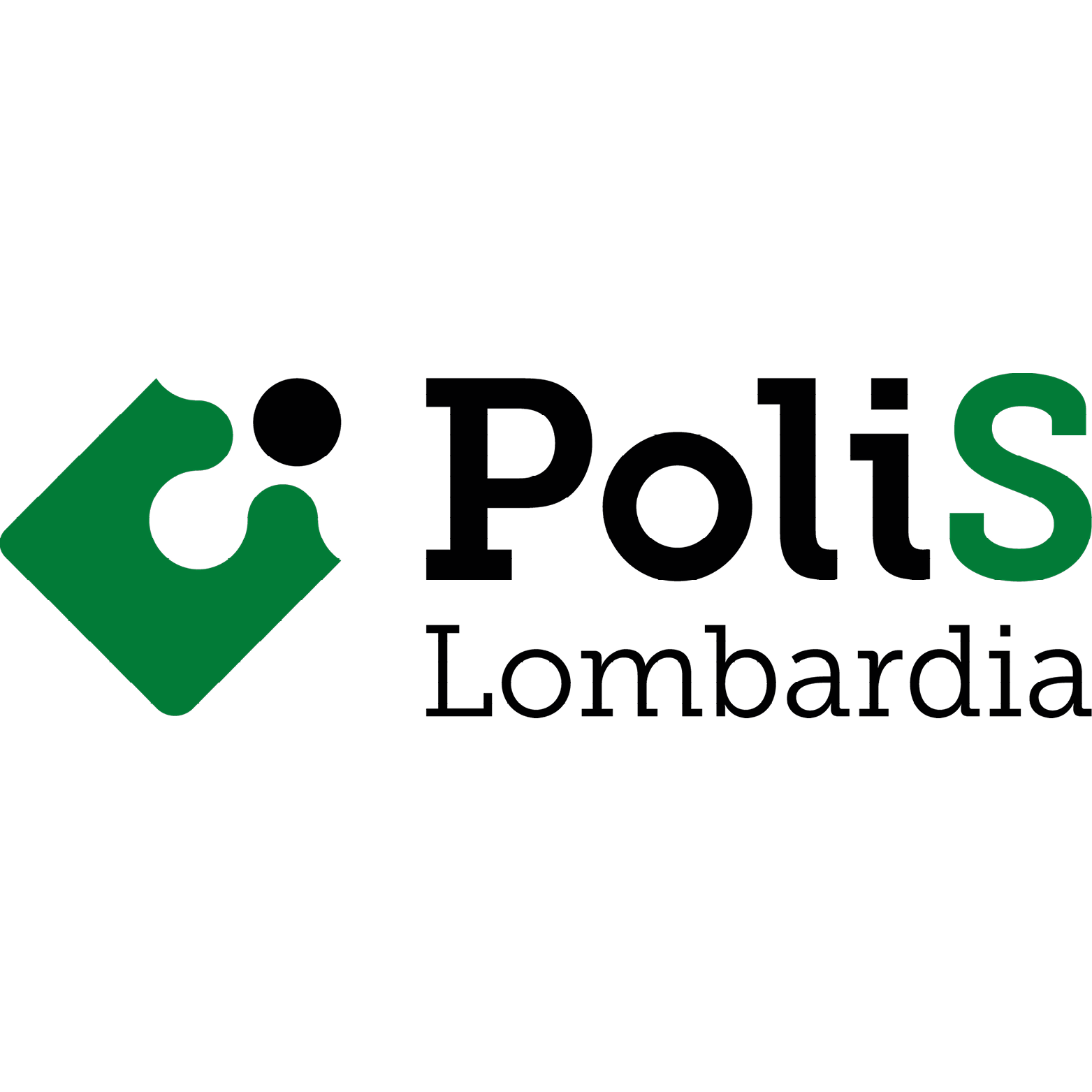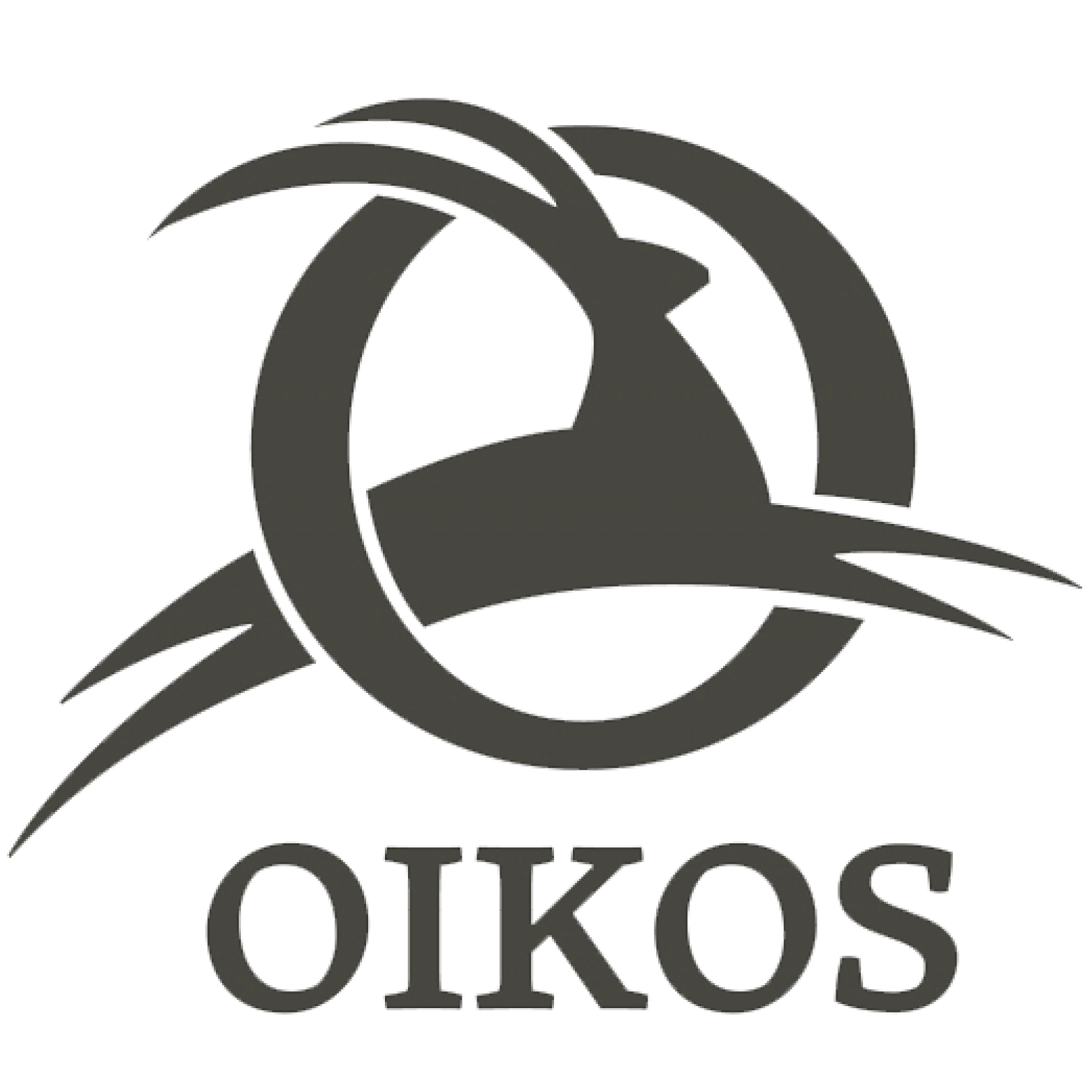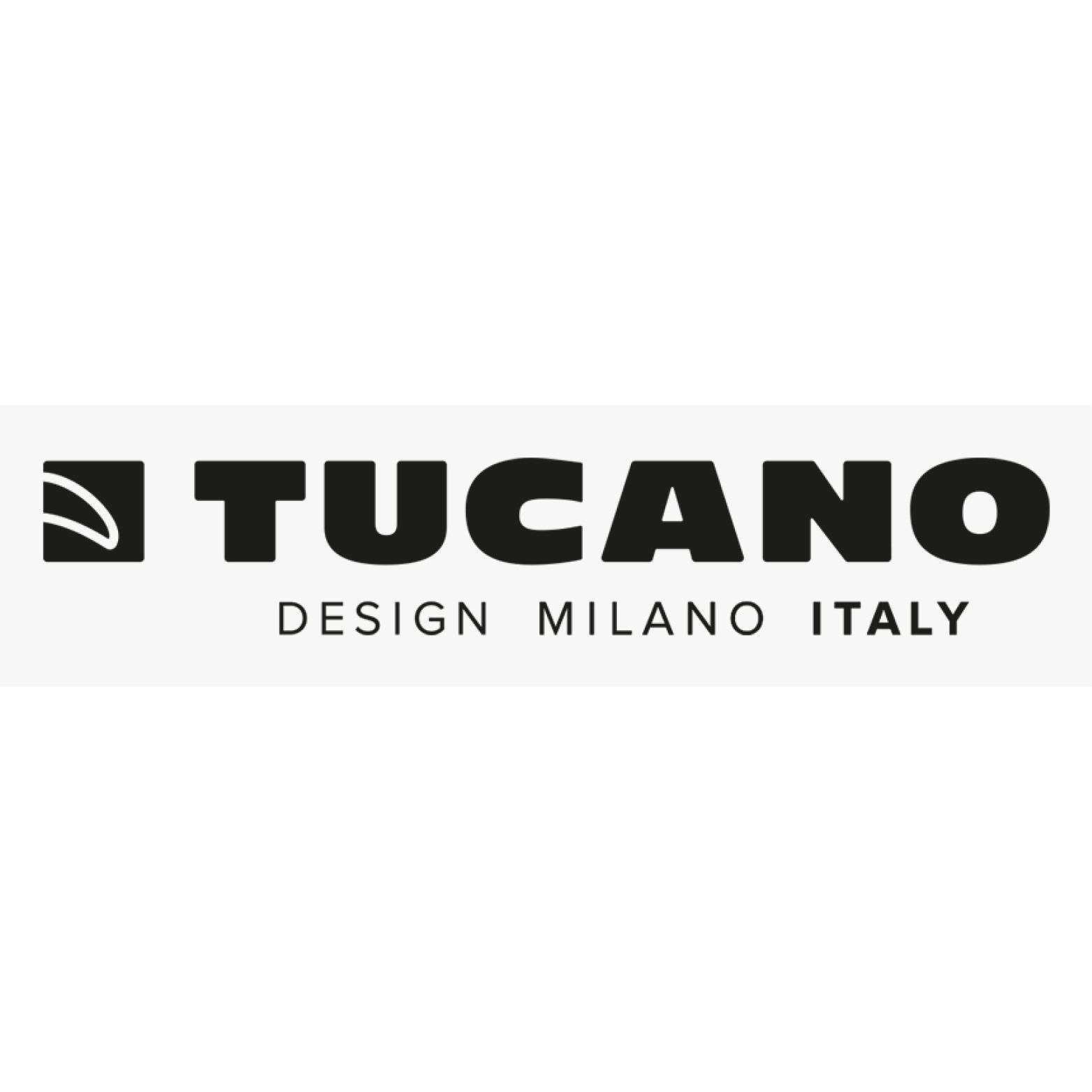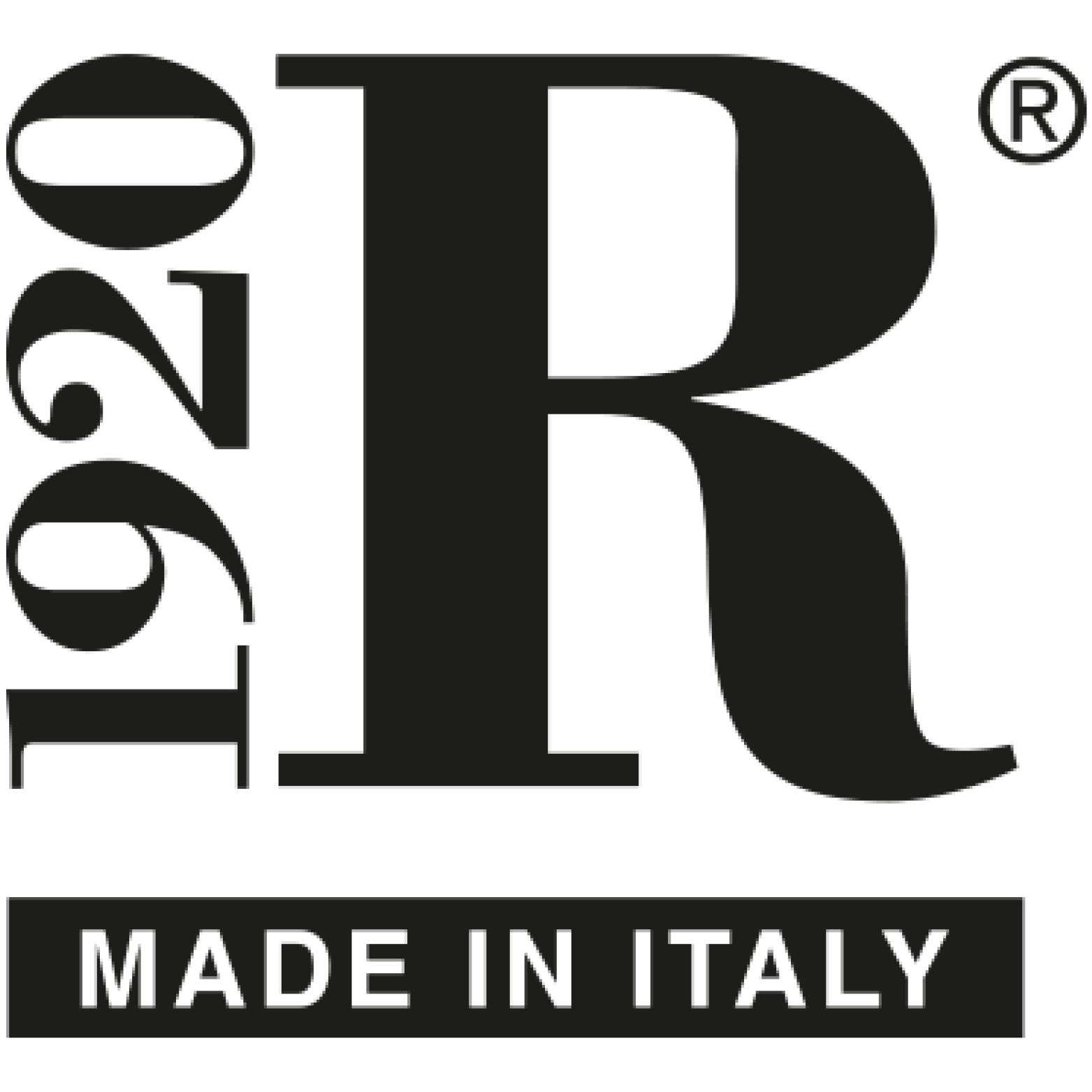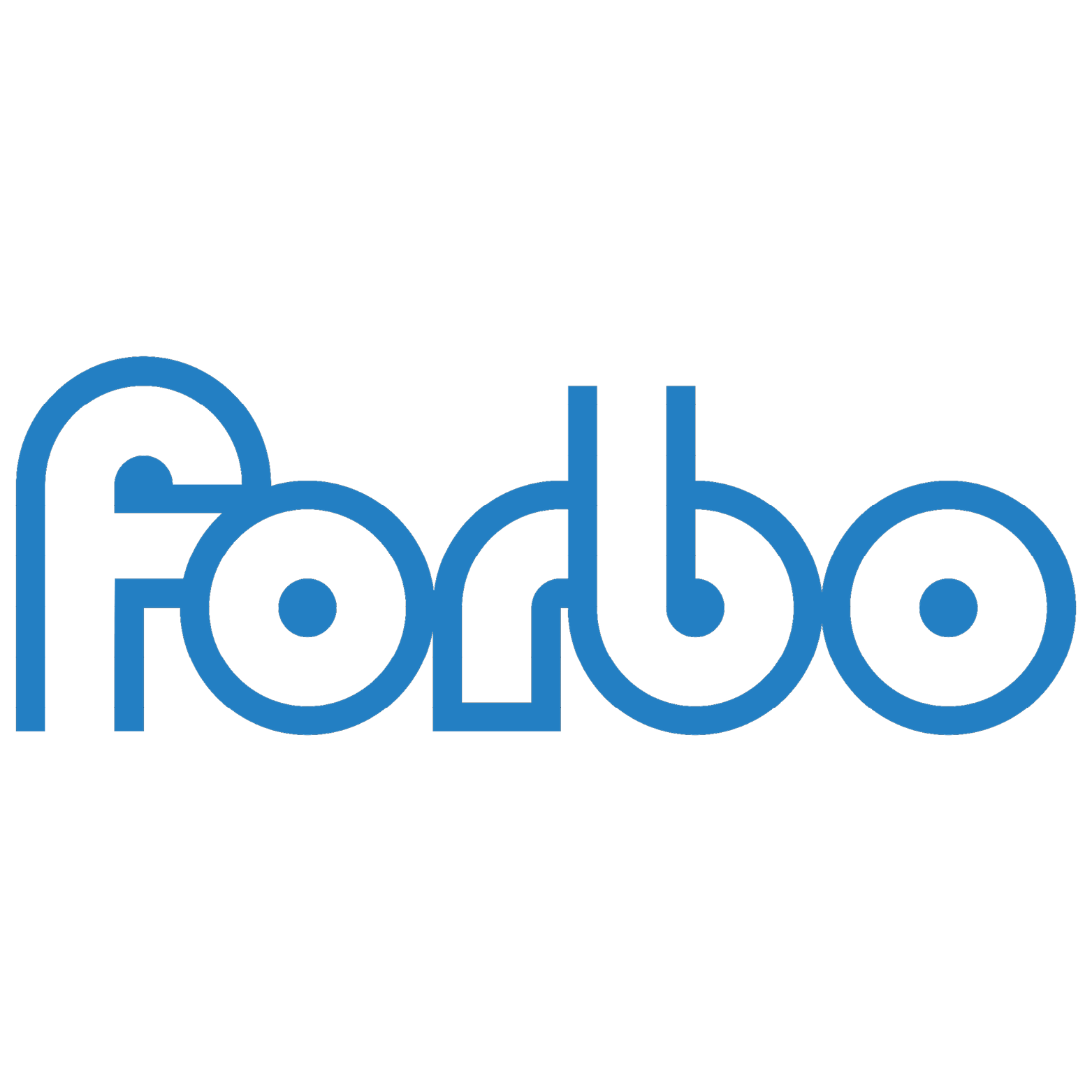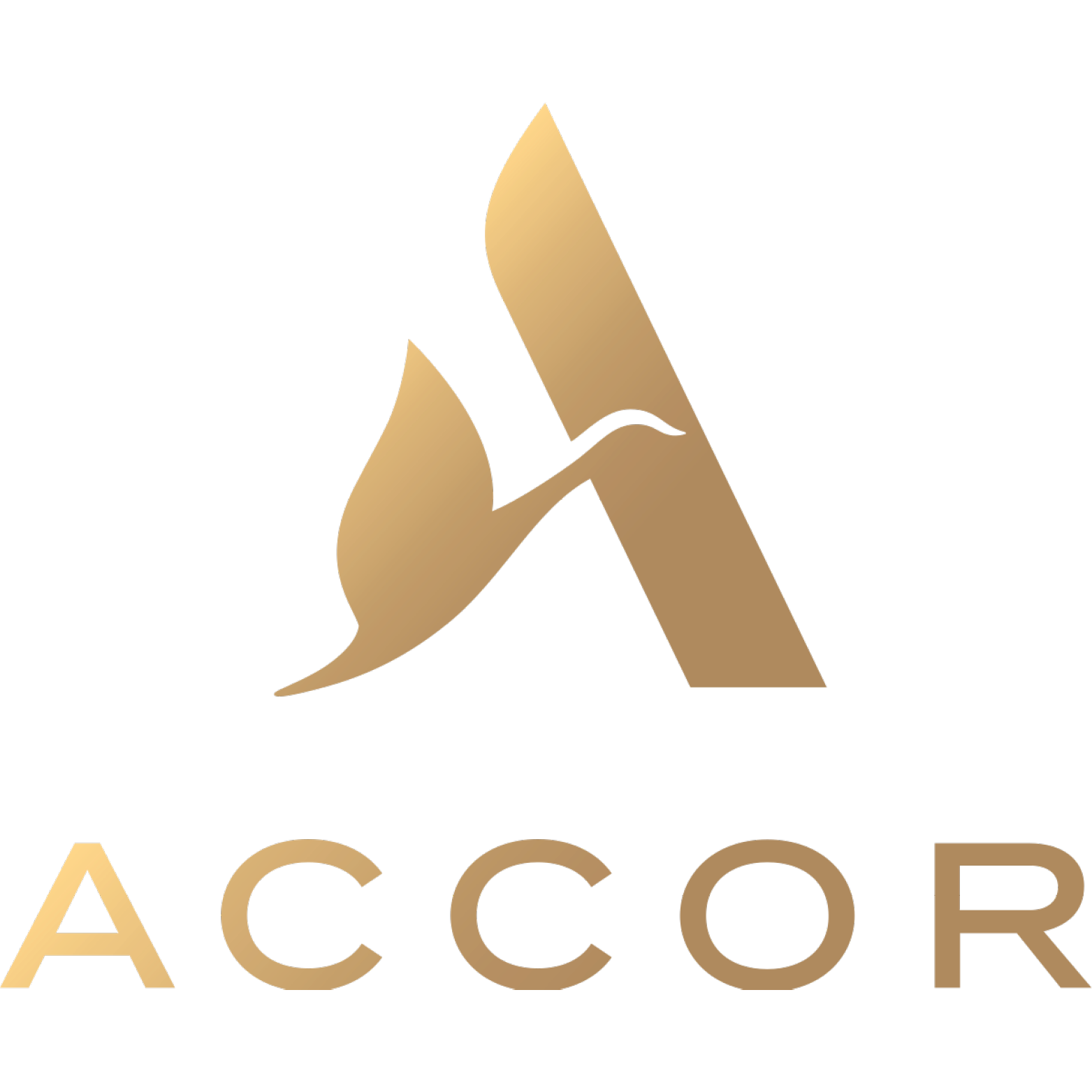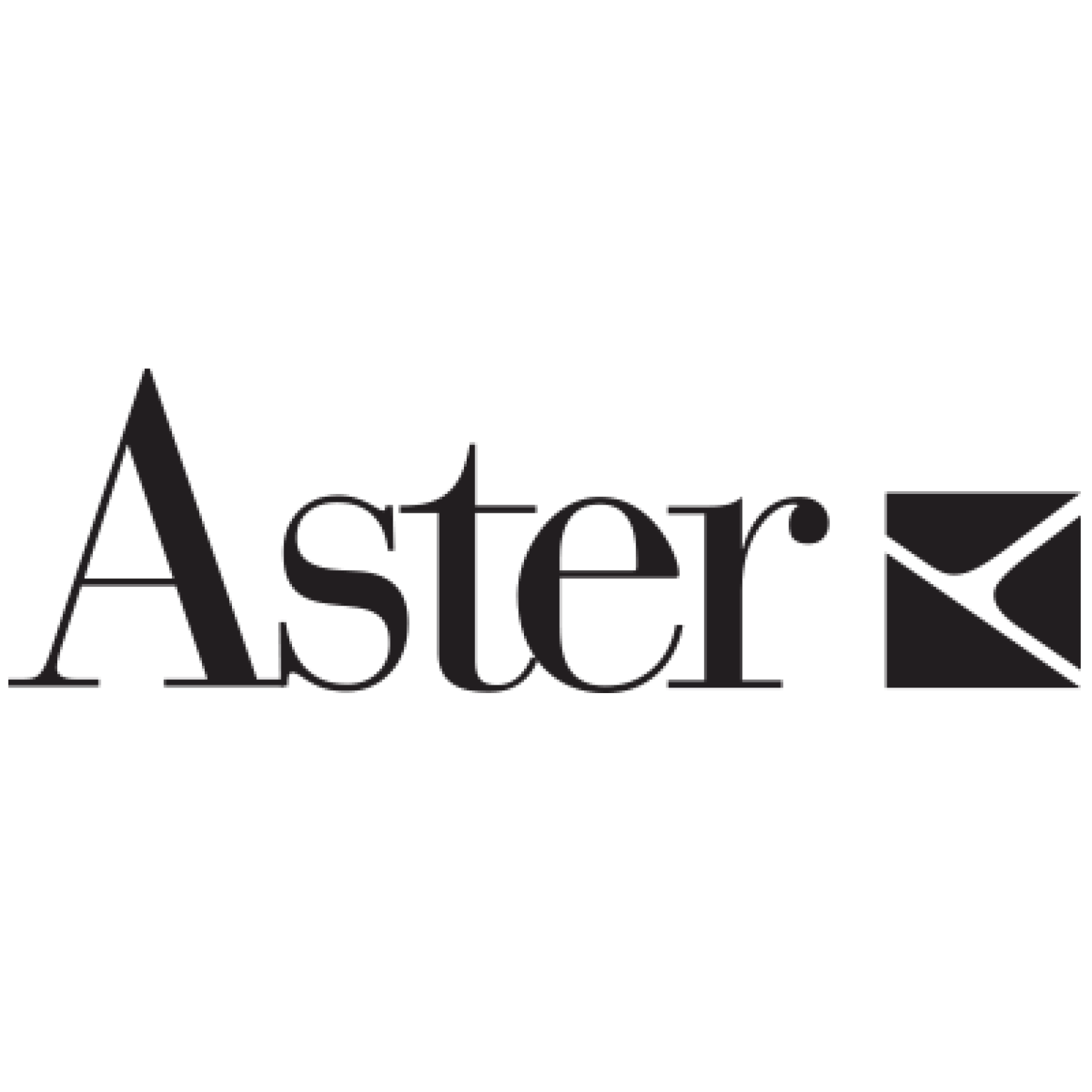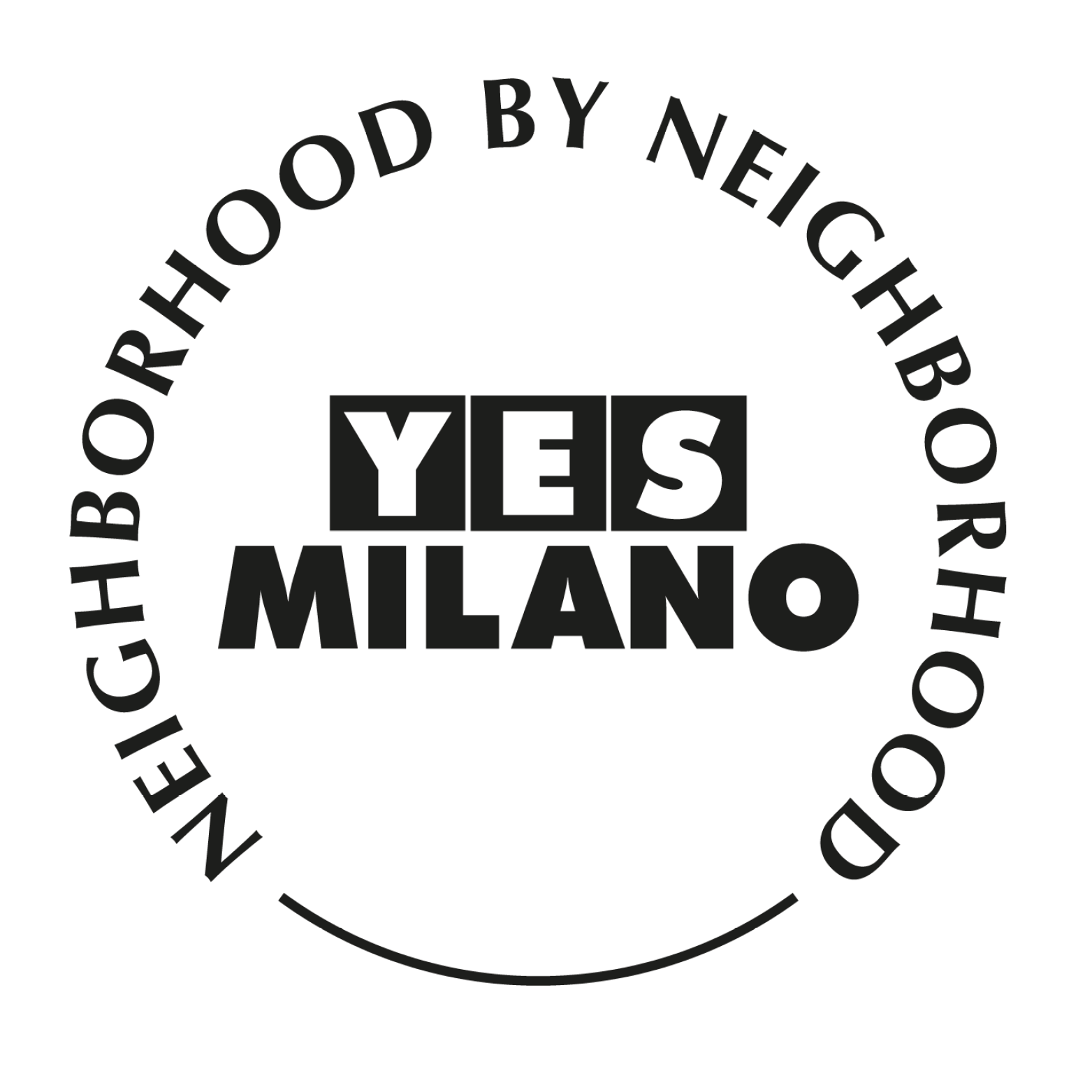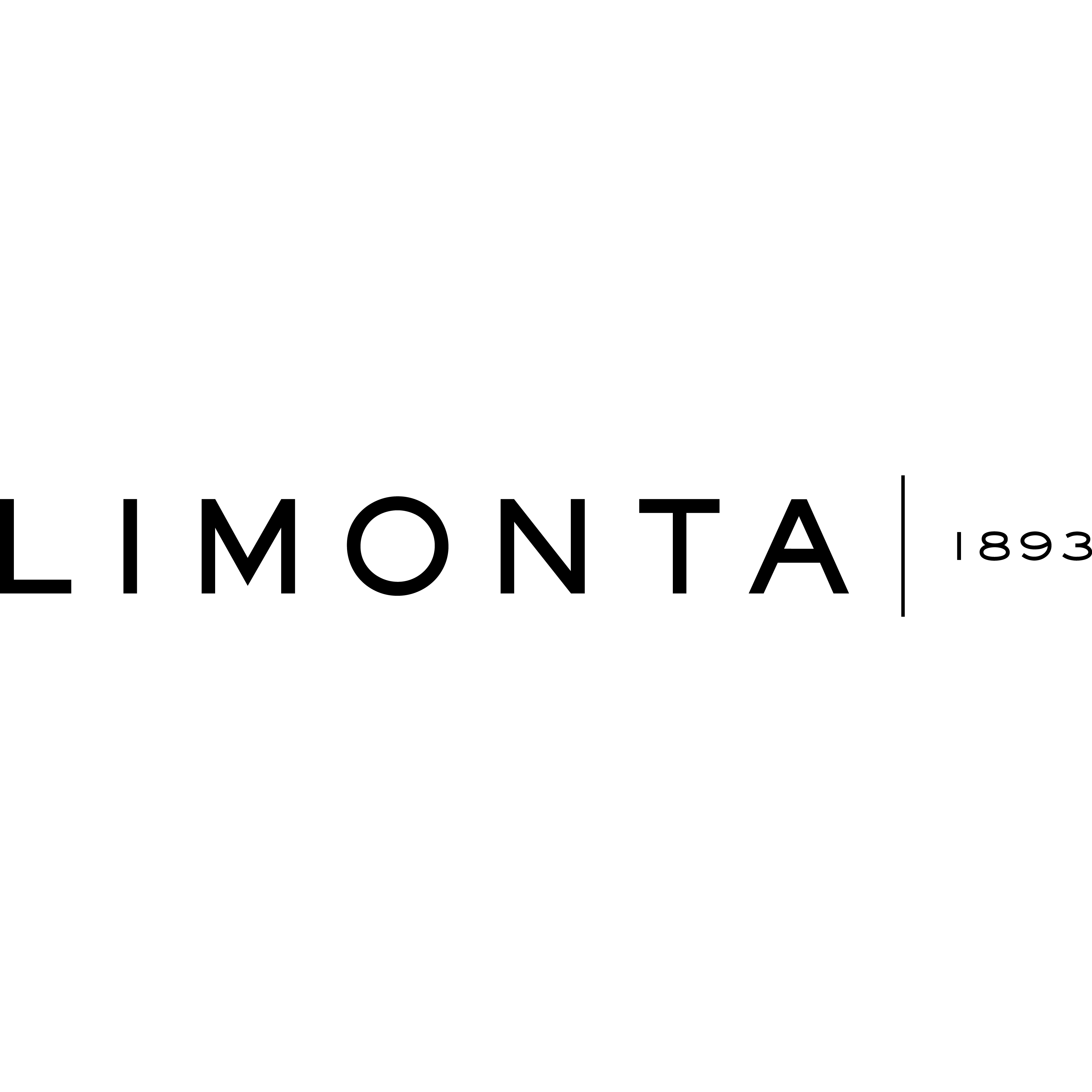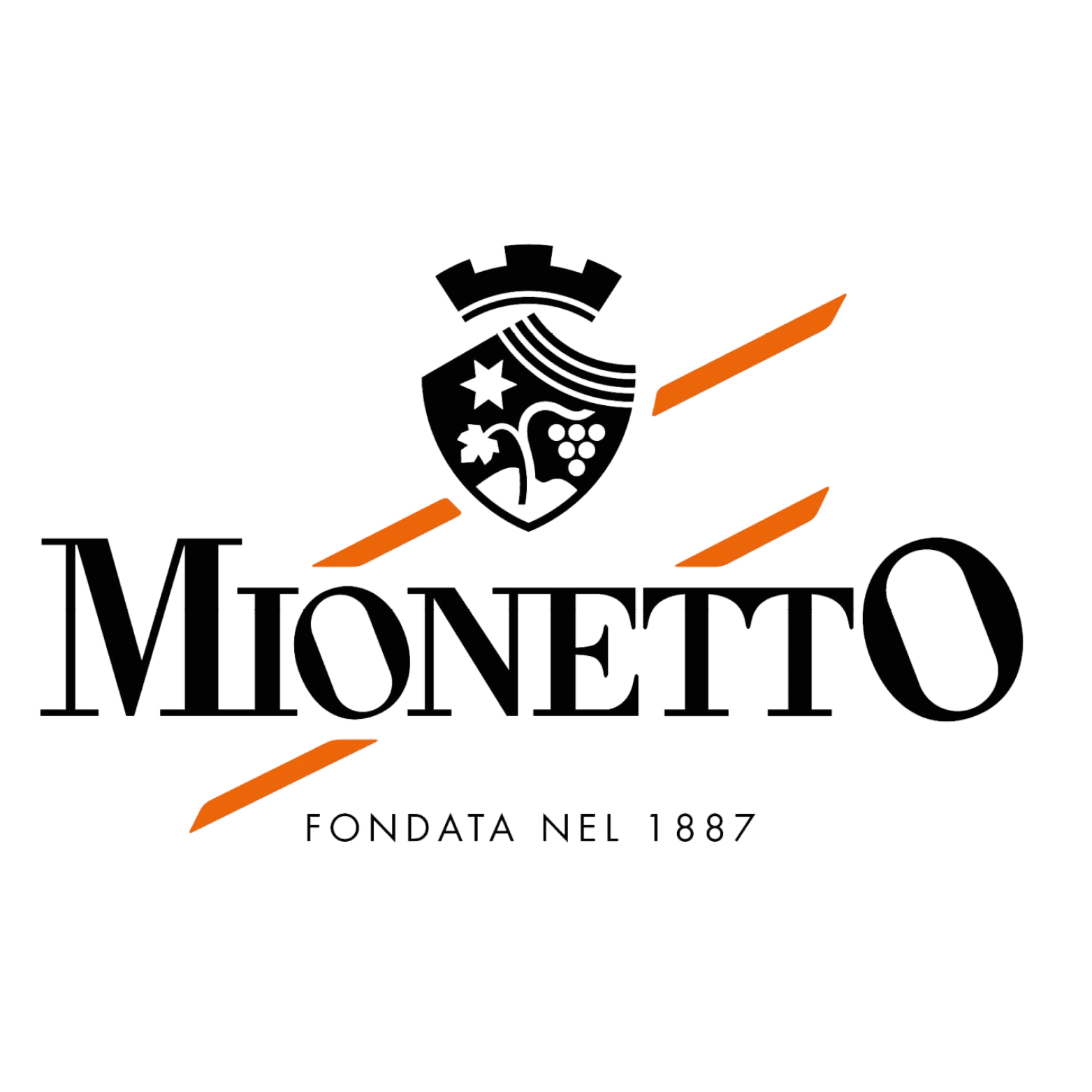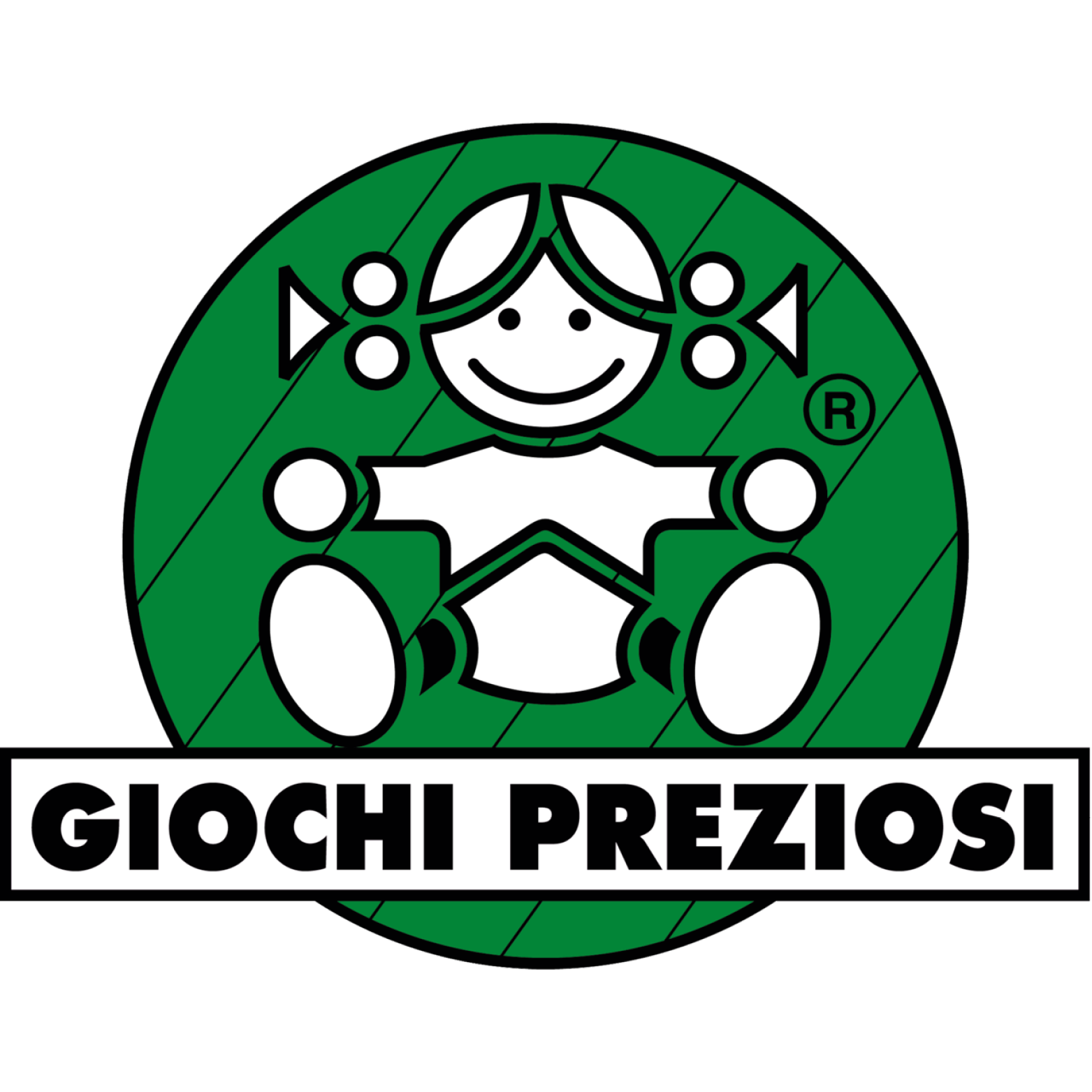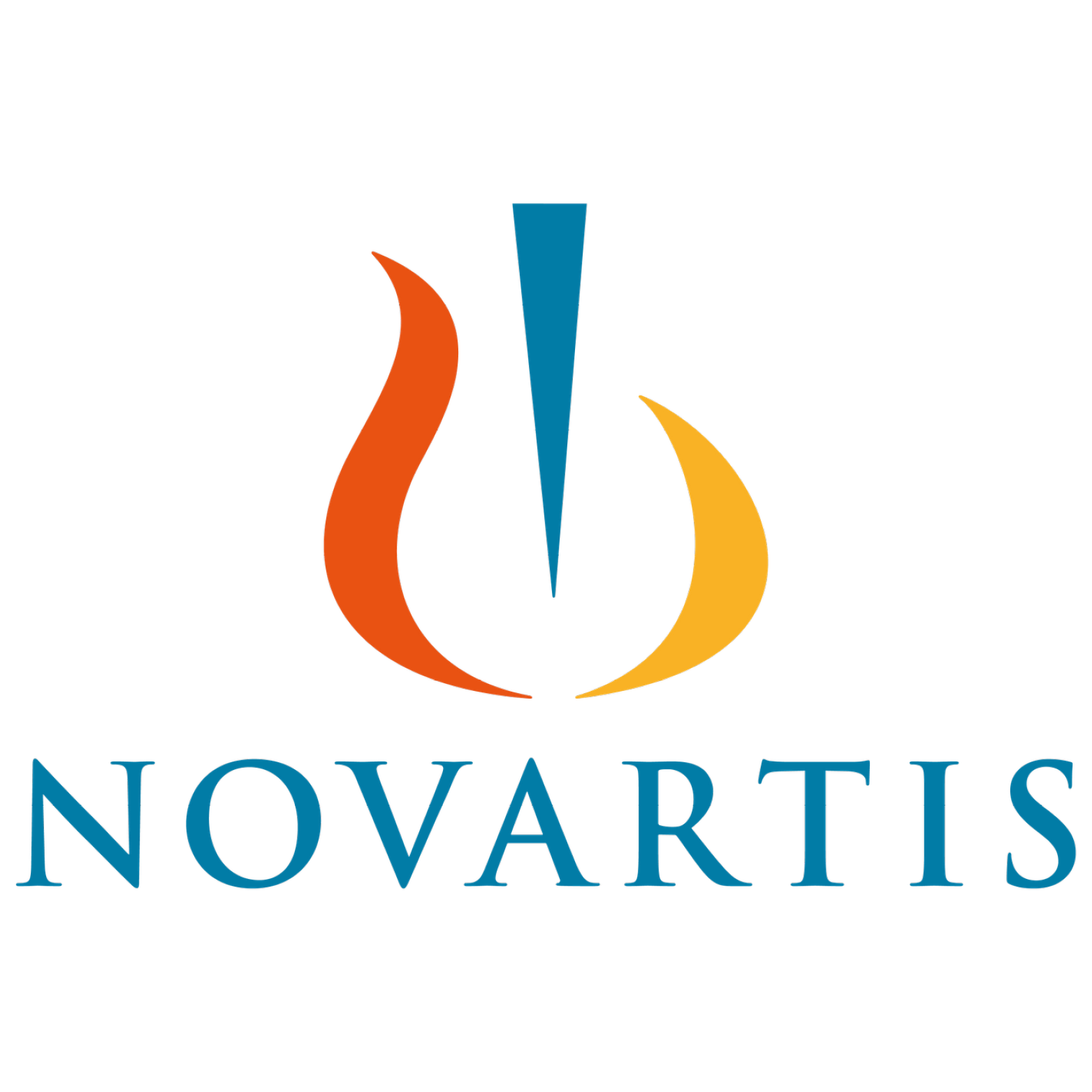
-
Bachelor of Arts in
Design
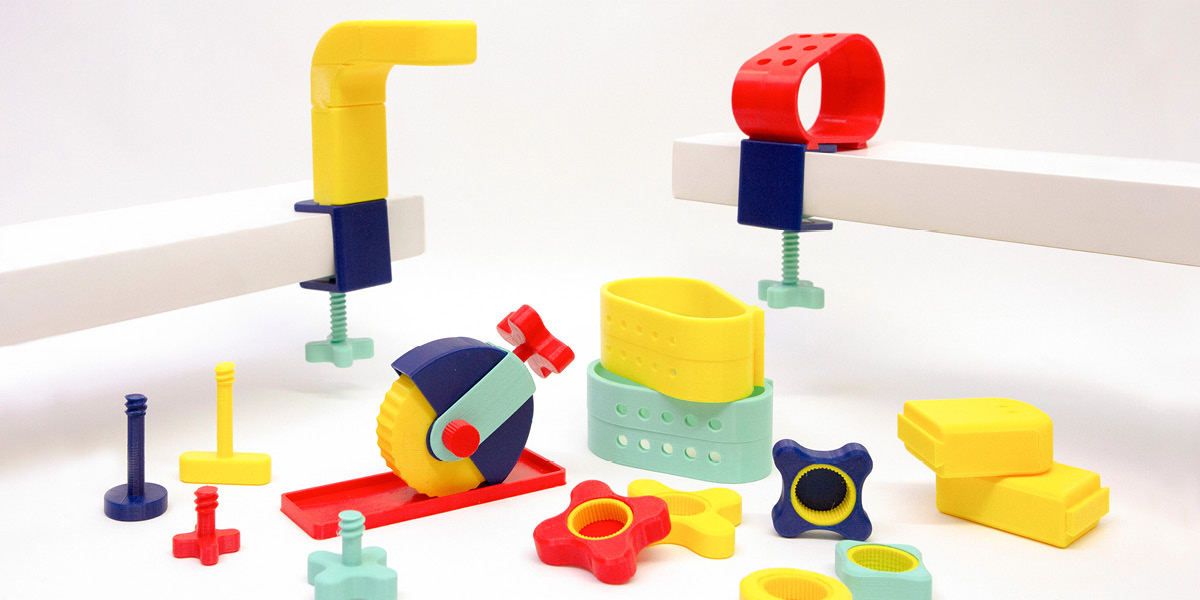
The Programme: overview
Following the “learning by doing” approach, the BA alternates and integrates theoretical studies with experiential workshops. After having explored basic concepts and techniques, students learn to observe the multitude of contemporary forms of design and how to apply them to their work. The course aims at stimulating sensitivity and passion for the world of objects, understood as cultural artefacts that reflect and shape human life. It explores space as an environment, examining its interactions with objects and its function as a stage for individual and collective rituals.
Over the BA, students will have the opportunity to:
- Acquire the cultural, scientific and technical competencies to develop a “problem setting” and “problem solving” approach
- Develop the ability to understand specific contexts of use, translate the analytical elements into typological and formal solutions, and determine aspects of marketing and distribution
- Learn how to use tools and techniques for the representation of spaces and products
Department: Design and Applied Arts
Area: Design
Title Awarded: First Level Academic Degree
Credits: 180 CFA
Starting: October 2025 - February 2026
Duration: 3 years
Languages: Italian and English
Campus: Milan - Rome
Specialisations: your academic career
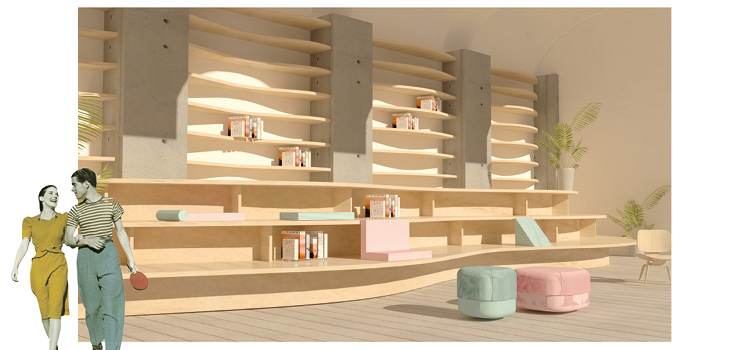
It focuses on project solutions that explore the awareness of the relation between men and the space around them, both on a domestic level and on an urban and public one.
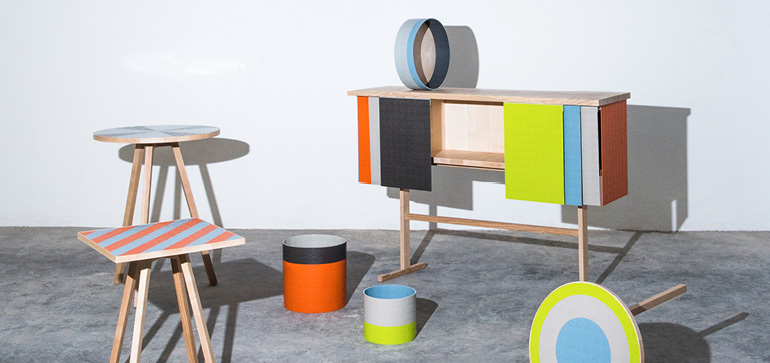
It deals with diverse project solutions, ranging from traditional Industrial Design to the most contemporary and current themes in this industry, such as Social and Service Design, Self-production, Digital Fabrication.
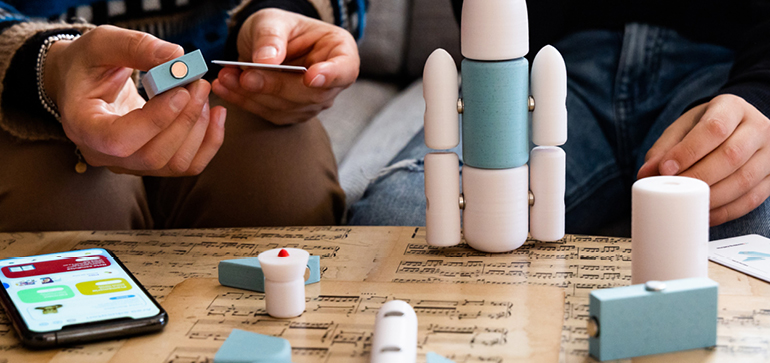
It investigates design solutions that explore interactions between individuals and space, examining the intricate concepts, forms, functions and communicative components of the product.
Our Faculty
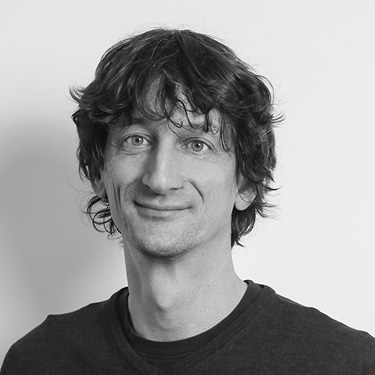
.jpg)
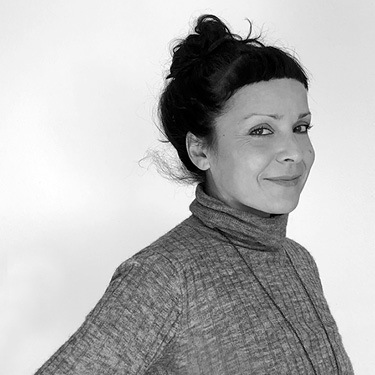


Study and career opportunities
NABA provides students with the opportunity to study abroad as part of their academic experience.
NABA Academic Coordination Office, in charge for the management of the exchange programmes, supports students in taking advantage of the international study opportunities through exchange programmes and promoting educational experiences thanks to a network including numerous prestigious international partner universities.
NABA counts more than 70 cooperation agreements with academies and universities through the Erasmus+ Programme in Europe and others international cooperation agreements with several universities outside Europe.
NABA has developed strong relationships with leading companies that provide internships for NABA students, including: Armani Hotel, Giulio Iacchetti, Studio Bestenheider, Vittorio Martini 1866, Giochi Preziosi, Intégral Ruedi Baur et Associés, the Swatch Group, Giorgio Armani, Pininfarina Extra, Tagua, Azimut-Benetti, Bonetto Design International, Alta Design & Engineering, AAAHHHAAA, Forchets, Studio di architettura Amedeo Guidobono Cavalchini, Aldo Cibic – Cibicworkshop, Progetto CMR Engineering, Integrated Services S.r.l., Abad Architetti S.r.l., Festina Italia, Zanotta, Luxottica, Studio Italo Rota & Partners, Giugiaro Architettura, Rintala Eggertsson Architects, Luceplan, IKEA Italia Retail, 3M Italia, Yellow Office, Studio Lissoni Associati, Studio Barreca & Lavarra, Uragano Studio, Veneta Cucine, Dado Arredamenti.
COMPANIES
The BA in Design cooperates or has cooperated with: Abitare, Momo Design, ENI, Vinavil, Jannelli e Volpi, Material ConneXion, Industreal, the Swatch Group, Giorgio Armani, Pininfarina Extra, and Giochi Preziosi.
Continue your academic career:
- Master of Arts in Interior Design
- Master of Arts in Product and Service Design
- Master of Arts in Social Design
Kick-off your career. Among the career opportunities:

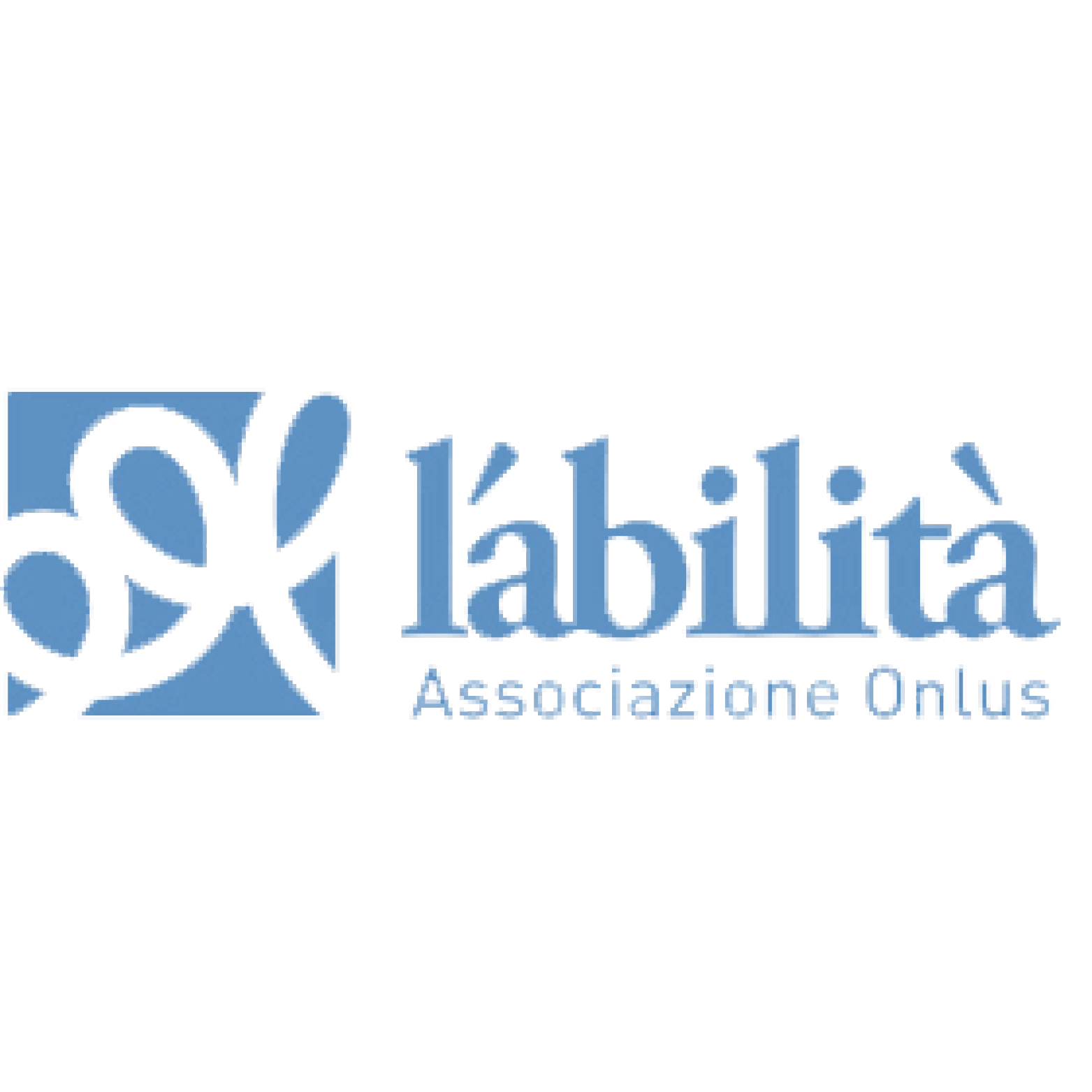
.png)
.png)

